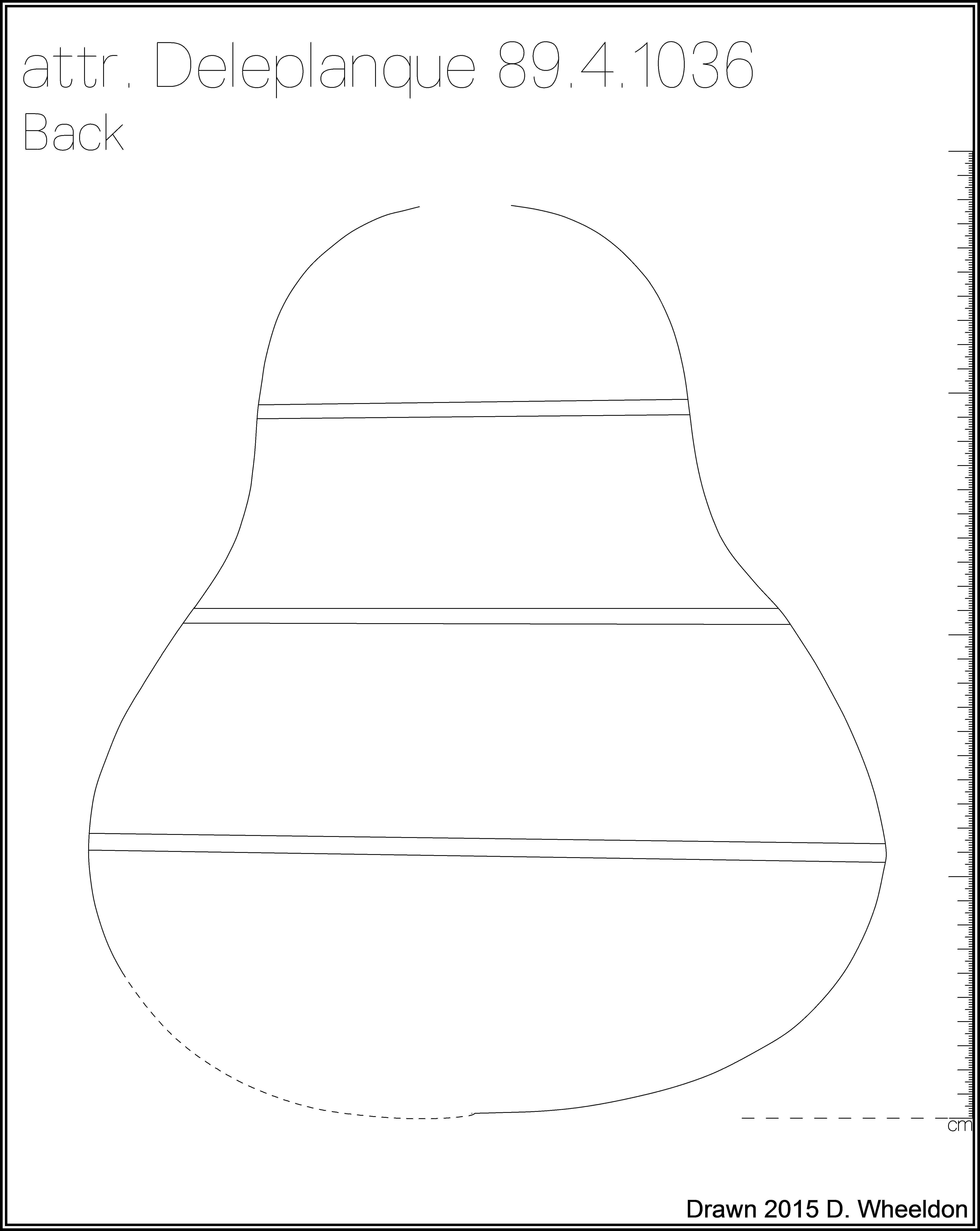Cittern
Not on view
Although there is no signature on this instrument, it is so similar to other instruments by Deleplanque including another example at The Met (1982.241.2) that its attribution is not in doubt. Built in the 1760s, this instrument is an earlier example of Deleplanque’s work, featuring a friction peg box instead of the later English-influenced watch-key tuning mechanism. The wooden peg box is lighter than the brass tuning mechanism and allows the neck to vibrate with the entire instrument, though with iron strings it was more difficult to keep in tune. Instrument makers of this time were looking for new ways to keep their instruments in tune, and 1982.241, made only a few years later, shows further developments towards this goal. (Daniel Wheeldon, 2016)
Technical description: Eleven-string (seven course) pear-shaped cittern; two-piece pine top with bone and ebony (ebonized hardwood?) binding in isometric pattern with b/w/b/w laminate between; soundhole diameter 73.6 mm with a carved, floral patterned wood rosette (originally gilded), floating beech bridge, ivory tailpiece with 11 pins; two-piece maple back; ribs, neck and head of maple; ebony veneer (maple core?) fingerboard with 15 brass frets; friction tuners. (Daniel Wheeldon, 2016)
Due to rights restrictions, this image cannot be enlarged, viewed at full screen, or downloaded.
This artwork is meant to be viewed from right to left. Scroll left to view more.



